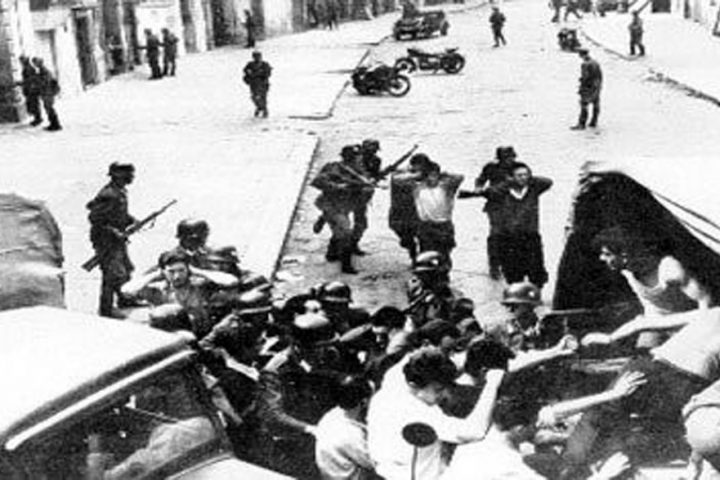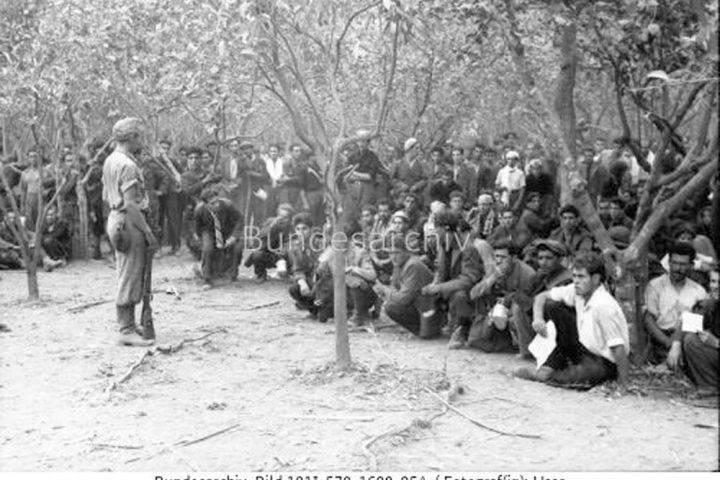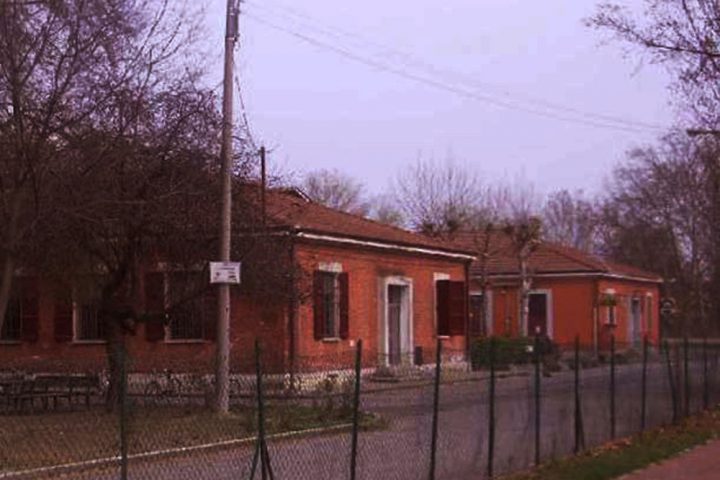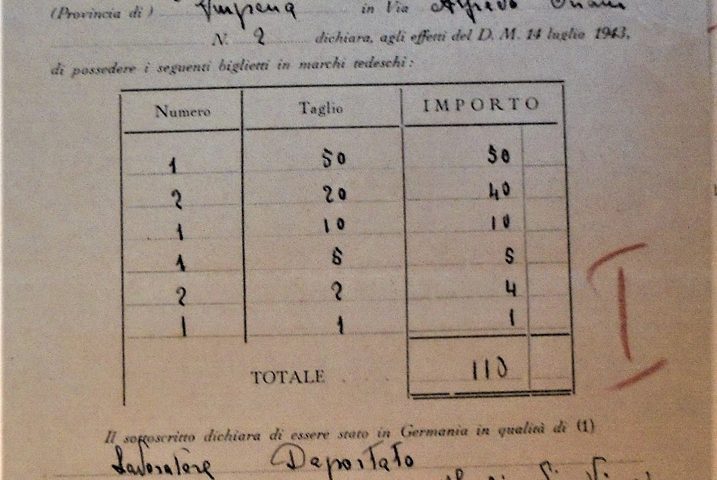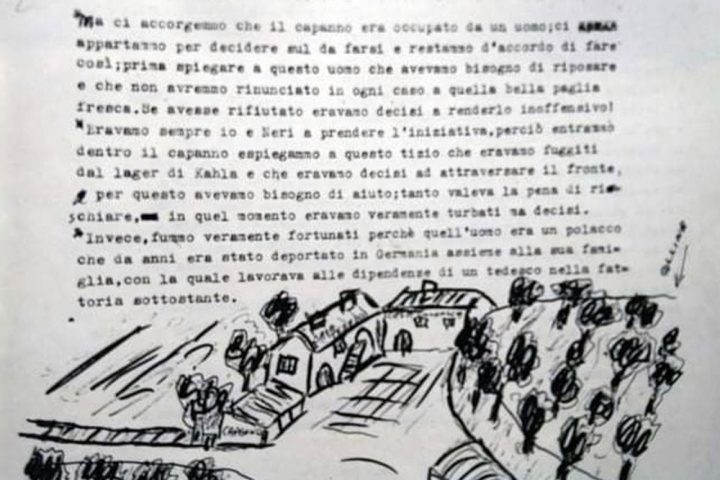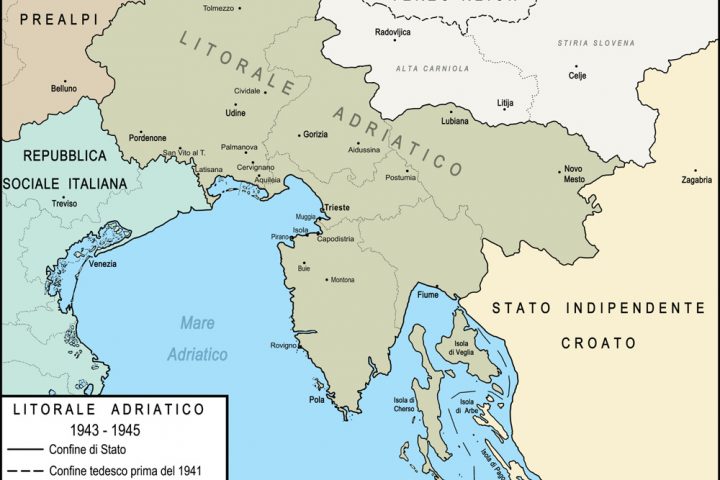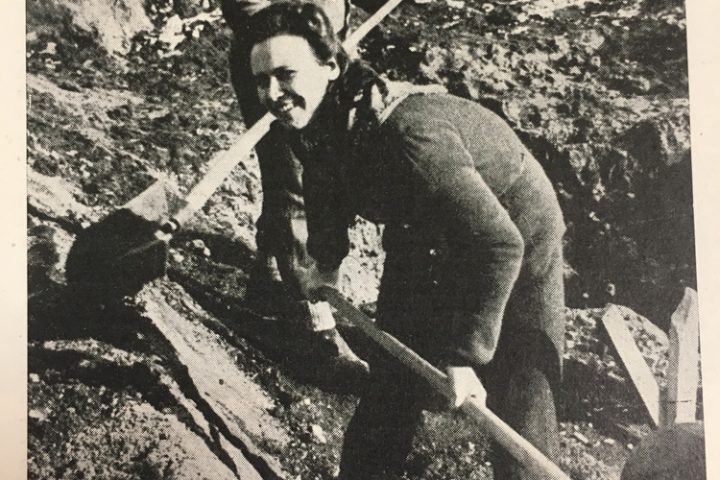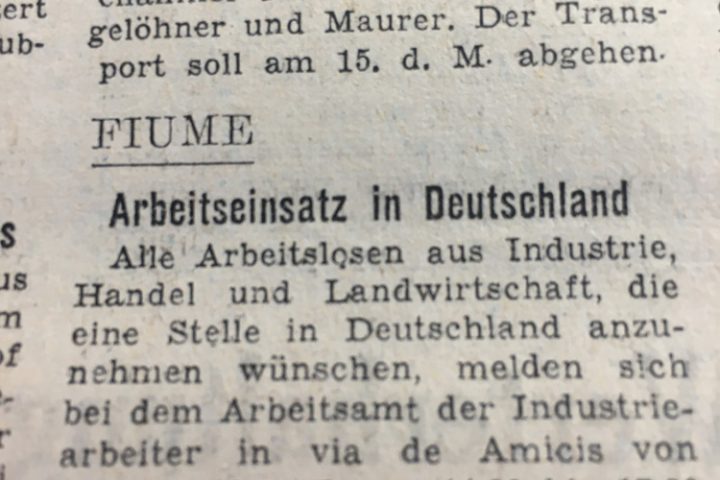During the German occupation, Abruzzo and Lazio were part of the so-called “Belt of Rome”, and the provinces of these two regions, lying immediately behind the front, depended directly on the local army corps commands. Most of the manpower was used for the construction of the Gustav-Bernhardt line and for other activities useful to the Nazi army. The war needs, transport difficulties, the hostility of the local population and boycotting by some local authorities meant that only a few thousand workers from these areas were sent to work in the Third Reich. In Abruzzo and Lazio, the recruitment and assistance…
Calabria, together with Basilicata, Campania, Puglia, Sardinia and Sicily, was one of the regions of Italy that did not experience, or only partially and for a very short time, German occupation and the subsequent construction of the Italian Social Republic. With the exception of Campania, whose northern part was subjected to roundups and raids, this saved these regions from forms of forced recruitment. People moved to Germany from here mostly as part of the migratory flows agreed between monarchical-Fascist Italy and Nazi Germany between 1938 and 1942, and were thus not transferred by force. Above all construction workers left from…
At dawn on 23 September 1943, the Wehrmacht launched in Campania what could be considered as the first but also the largest roundup of civilians in the entire period of occupation. In the space of a few days, according to German sources, almost 20,000 men were captured in the territory of what was then the province of Naples (today partly falling within the province of Caserta), with smaller numbers in the provinces of Benevento and Salerno, and also in a strip of Southern Lazio between Gaeta, Formia, Minturno and Castelforte. The rounding up of men took place alongside operations to…
The recruitment of manpower for Germany from Emilia during the two-year period 1943-1945 assumed a wide variety of forms. In the province of Modena, where in the previous five years the bilateral pacts signed between Italy and Germany had seen large numbers of individual workers or peasant families move beyond the Alps due to unemployment, this tradition of peasant emigration to the Reich positively affected, at least initially, public attitudes to the recruitment plans adopted by the Fascist authorities after 8 September 1943. The organisation of conscription, implemented through the mediation of the Fascist trade organisation (Fascist Provincial origanization of…
In Liguria, a region characterised by an industrial economy and an unproductive countryside, ALL the practices introduced by the occupying forces and by the Italian Social Republic to drain manpower for the Reich were adopted with varying intensity over time and from place to place: encouragement of voluntary enlistment direct transfer of manpower by companies conscription call-up of some age groups of those eligible for military service Given the poor results achieved in relation to their objectives, the Nazi-Fascists resorted to the most brutal forms of coercion: raids during roundups targeting partisans, in factories and among strikers urban dragnets targeting…
Italy’s most important region from a socio-economic point of view, Lombardy was recorded as having a working population involved in industrial production of over one million people, in the last statistical survey prior to the war. In addition to this marked industrial connotation, the region also boasted thriving agricultural production, especially in the irrigated area of the lower Po valley, as well as significant natural riches such as large forests and various mining centres. This territory, offering considerable material resources, could also count on a large, variously specialised workforce, which constituted a precious source of manpower for the war needs…
Since the territory of Marche was directly involved in the fighting, the interest of the German army group responsible for southern Italy concentrated on the use of auxiliaries and manpower for fortification and evacuation works, in particular those concerning the construction of the Gothic Line. This partly explains the relatively low numbers of workers sent from Marche to the Reich, since they were needed locally. Hand in hand with attempts at voluntary recruitment, the German authorities engaged in a series of roundups, often concomitant with those carried out by units of the Wehrmacht alongside Italian units, aimed at capturing partisans…
The German occupation of the northern Adriatic area of Italy gave rise to the Operationszone ‘Adriatisches Küstenland’, the ‘Adriatic Coast’ Operations Zone (OZAK), where the suspension of Italian sovereignty resulted in a German civil administration, directly under Hitler’s command. As in other European regions formally or concretely annexed to the Reich, its control was assigned to the governor of a neighbouring Gau: the Carinthian Gauleiter Friedrich Rainer. The Supreme Commissioner had absolute power in the political and judicial fields, and full control over the local economy. Already in the autumn of 1943, Rainer started to carry out a census to…
Between September and December 1943 there were large shipments of arms to rural destinations in Hesse and to the factories of Thuringia, Rhineland, Westphalia, Lower Saxony and the aeronautical workshops of Pomerania. Some workers ended up in countries occupied by Germany: skilled workers from the northern Adriatic shipyards were moved to those in Gdansk or employed in the recovery of fossil peat in Baronovici; others were sent to Minsk, to military footwear factories, or to Czechoslovakia, both as farm workers and as construction workers in the service of the German army. The victims of the roundups in Trieste’s western karst…
The German occupation of the northern Adriatic area of Italy gave rise to the Operationszone ‘Adriatisches Küstenland’, the ‘Adriatic Coast’ Operations Zone (OZAK), where the suspension of Italian sovereignty resulted in a German civil administration, directly under Hitler’s command. As in other European regions formally or concretely annexed to the Reich, its control was assigned to the governor of a neighbouring Gau: the Carinthian Gauleiter Friedrich Rainer. The Supreme Commissioner Rainer assumed absolute political, judicial and economic power, and pledged to meet the German war economy’s need for manpower by encouraging workers to move voluntarily to the Reich. In addition to presenting the economic…
